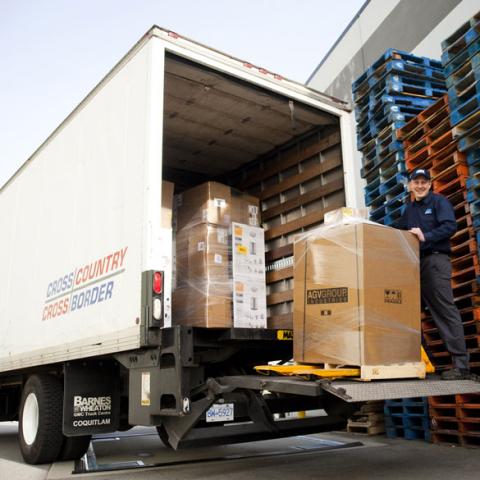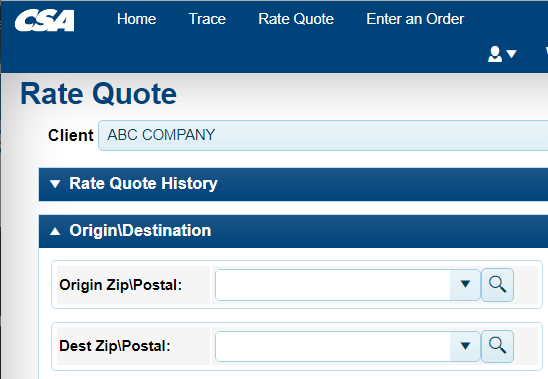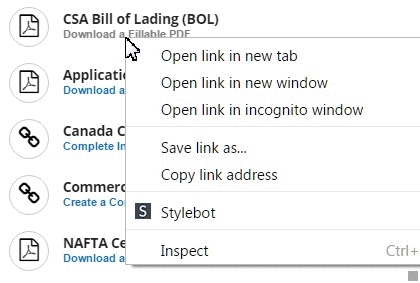Stocking Up? Don’t Buy on Terms-- Pay Cash.
The phrase "Buying on terms" sounds friendly and harmless-- when it actually means taking out a loan, and can complicate your company’s finances.
Especially if you're trying to competitively grow your business, it can seem tempting to buy your merchandise on "terms" that allow you to purchase inventory at the beginning of the season, but pay for it after it's sold. However, as with everything that sounds too good to be true, buying on terms can sometimes get out of hand.
On Inc.com, one yarn seller laid out her story of how buying on terms became unsustainable for her business:
"The inventory I ordered at the beginning of the season rarely arrived all in one shipment. Instead, it was spread out over months. Naturally, I’d reorder some of the items that were selling like hotcakes. That meant that I was receiving multiple 30/60/90 invoices on a weekly basis, all with different due dates… Because I was paying for inventory that I received months prior, and because I didn’t spend the time to micromanage the invoices, I had a hard time getting my arms around how much I was ordering and how often the inventory was turning…. All of a sudden I had tons of inventory in the shop, no sales, and weekly bills for stuff I had bought during the busy season, when I actually had cash."
How can businesses avoid getting into this situation? First and foremost, don't buy on terms-- if you can't pay for it up-front, don't buy it. Second, grow your inventory at the same rate that your business grows.
Though not all businesses can buy inventory and just hold on to it-- stores that stock seasonal goods, or stores that sell perishable items are two notable exceptions-- there are a number of things that you can do to keep your inventory under control.
- Study your numbers and make an educated guess as to how much you think you'll sell in the following month, and purchase only enough inventory to replace what you've sold.
- Monitor your projections on a daily basis.
- If your projections are off, adjust spending as soon as possible. If you wind up spending too much one month, compensate by cutting back on spending the following month.
- Pay with a credit card that gives 2% cash back so there's only one bill to be paid each month. Reinvest the cash back so you can grow the business.
- If you sell in an industry that only releases a new flood of products once or twice a year, spread out releases of new items over all 12 months of the year.
- It's always better have extra cash than extra inventory. You can always make the decision to strategically invest the cash into inventory, but you won't be able to trade in your inventory for cash. Keeping your purchasing in hand, your cash flow steady, and your inventory regular through pallet shipping is the key to success for any business.





